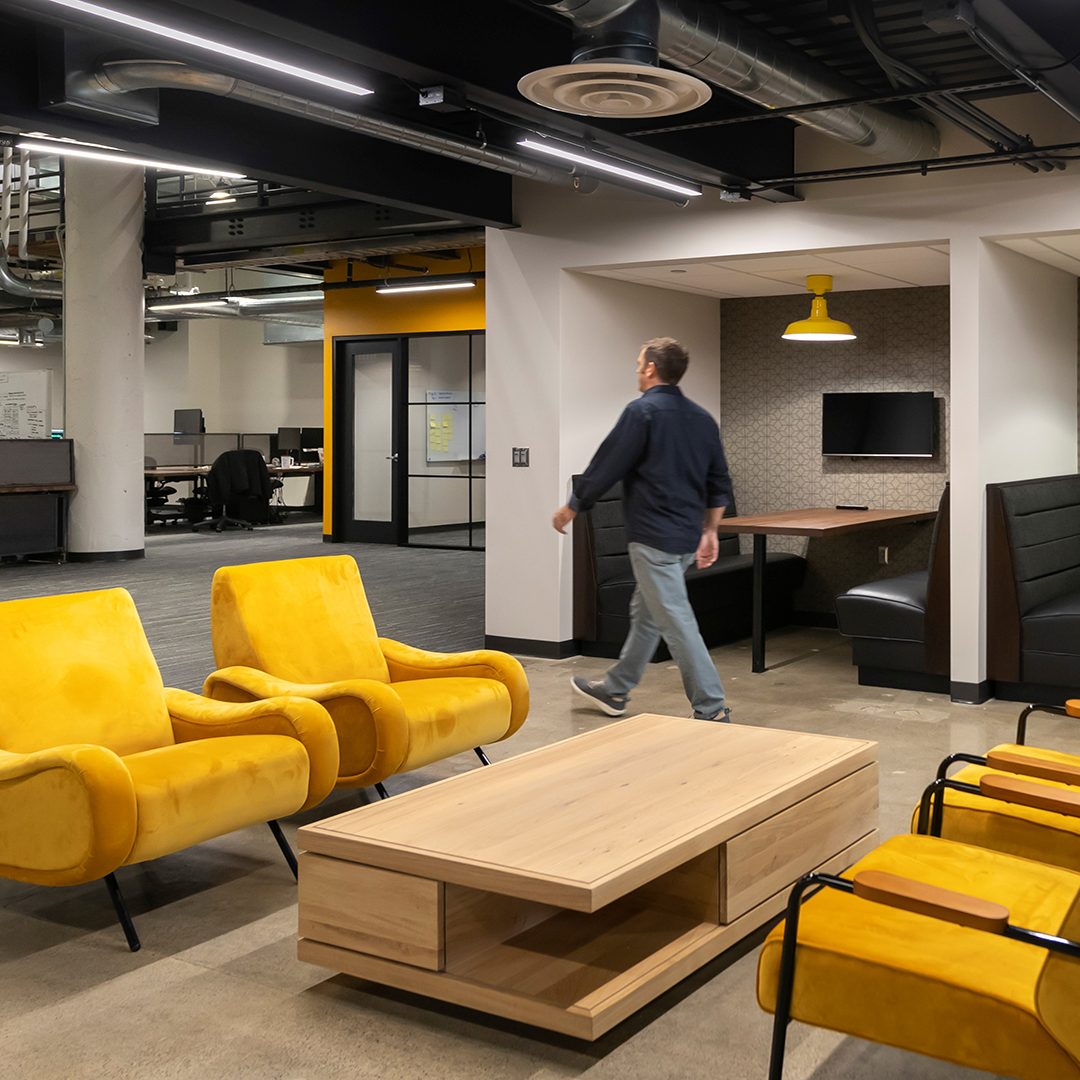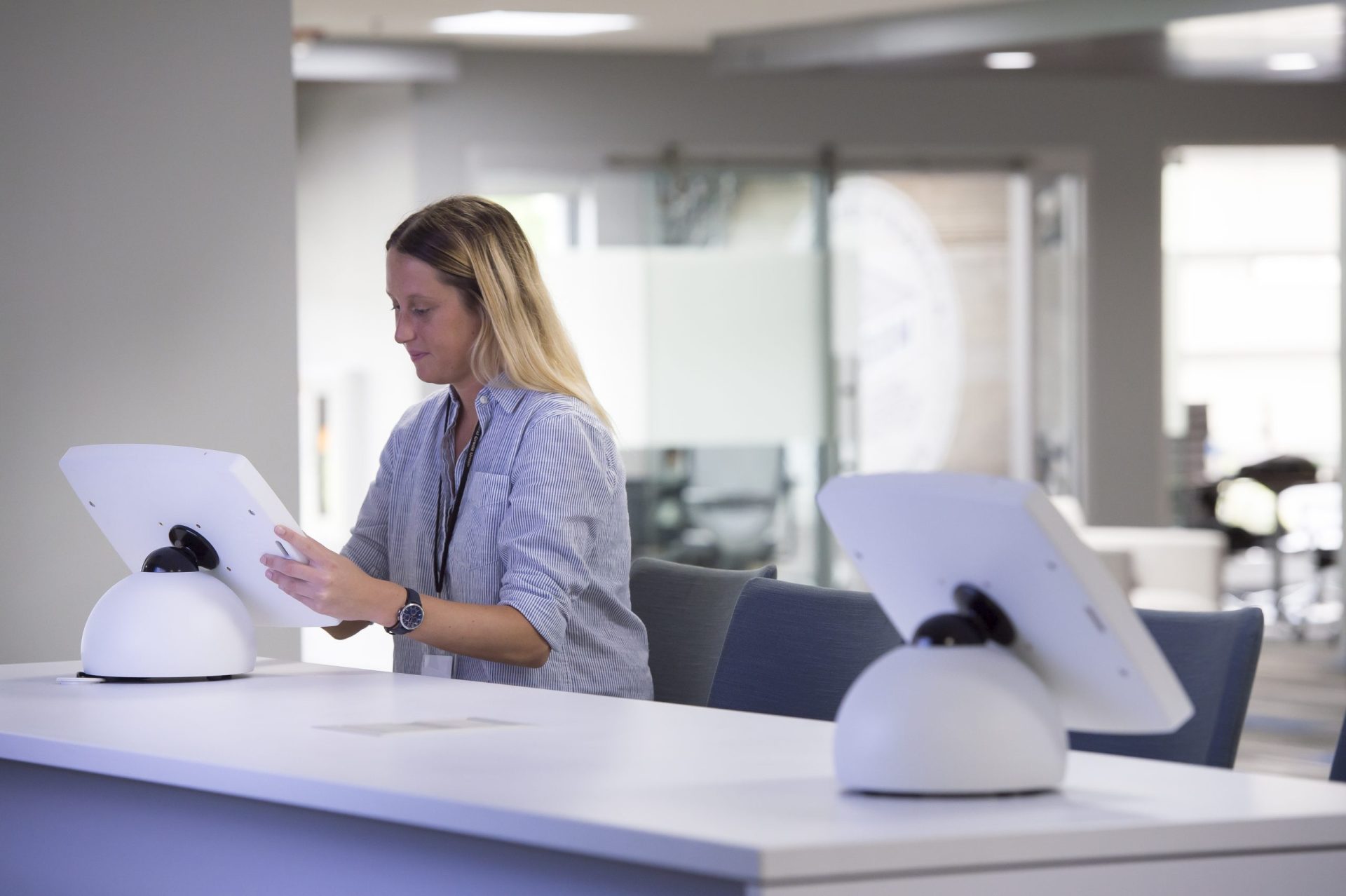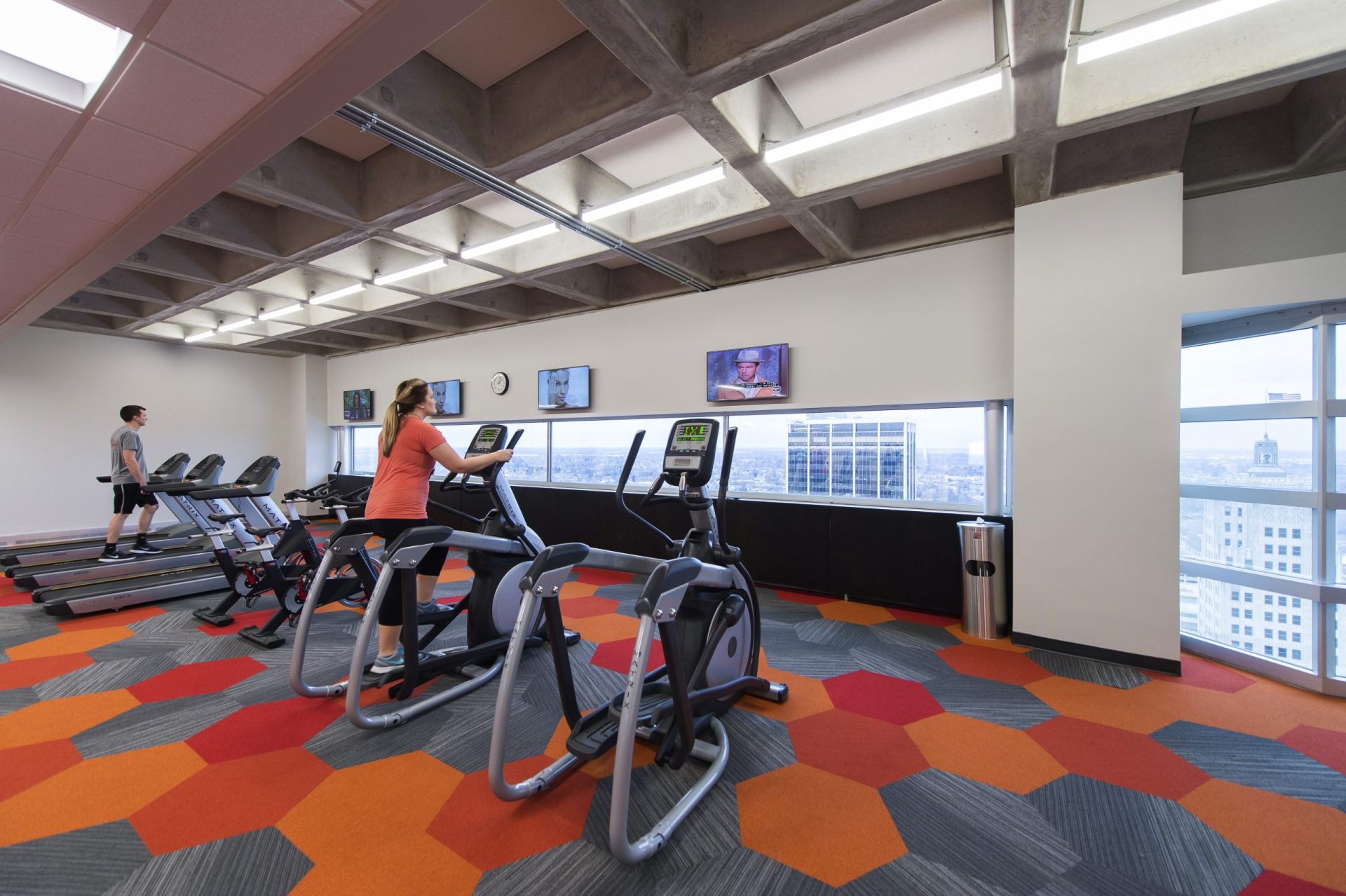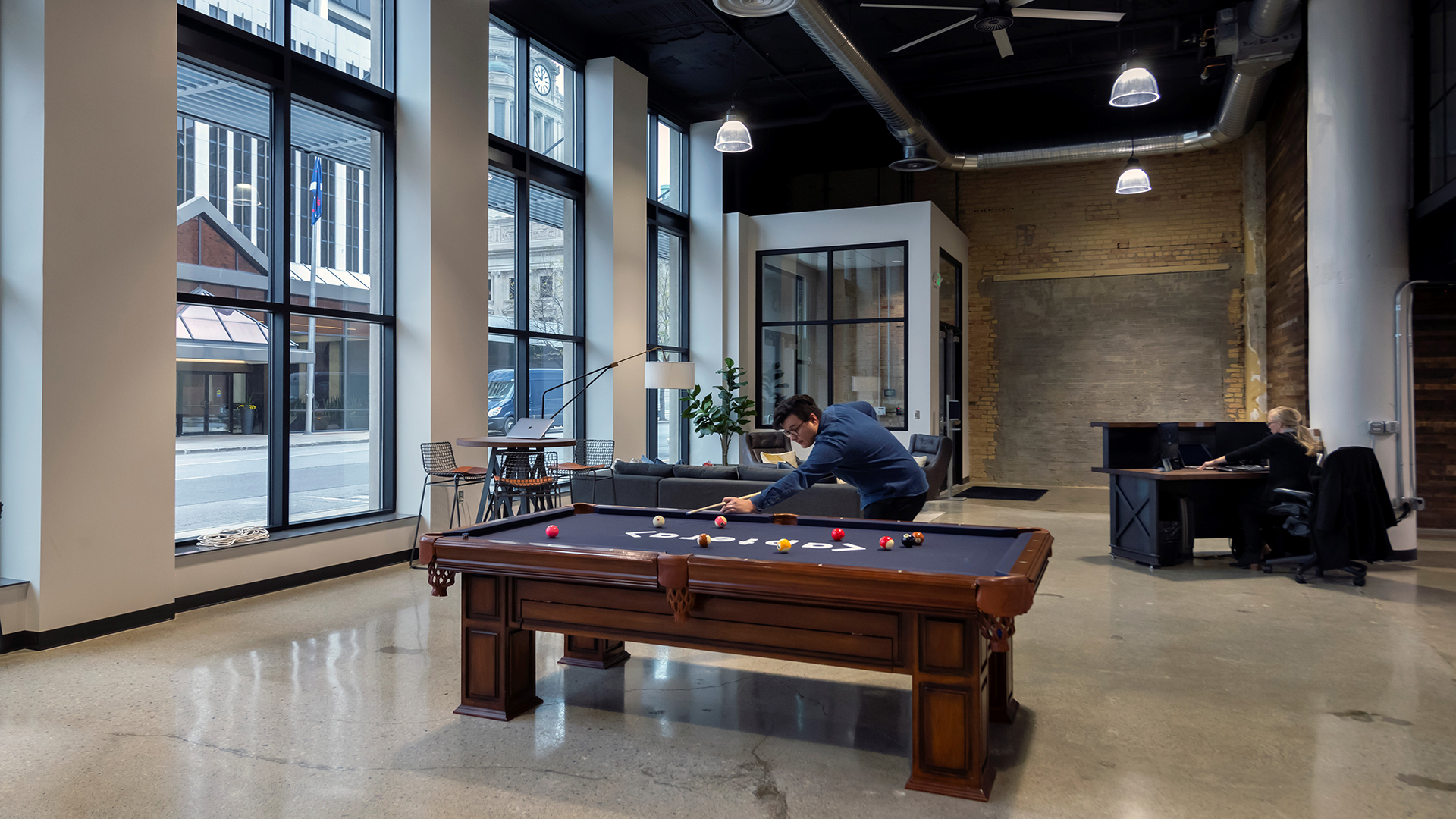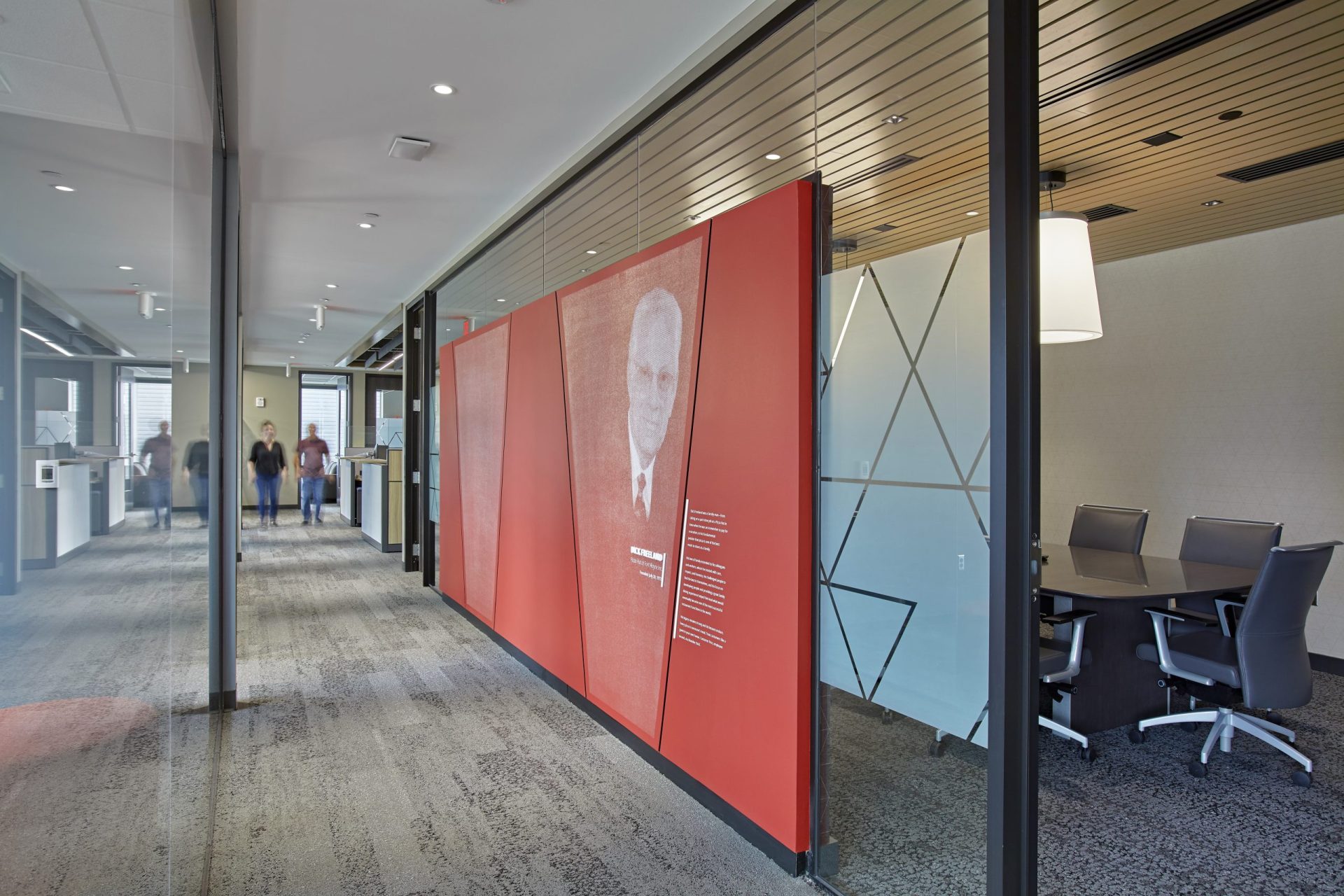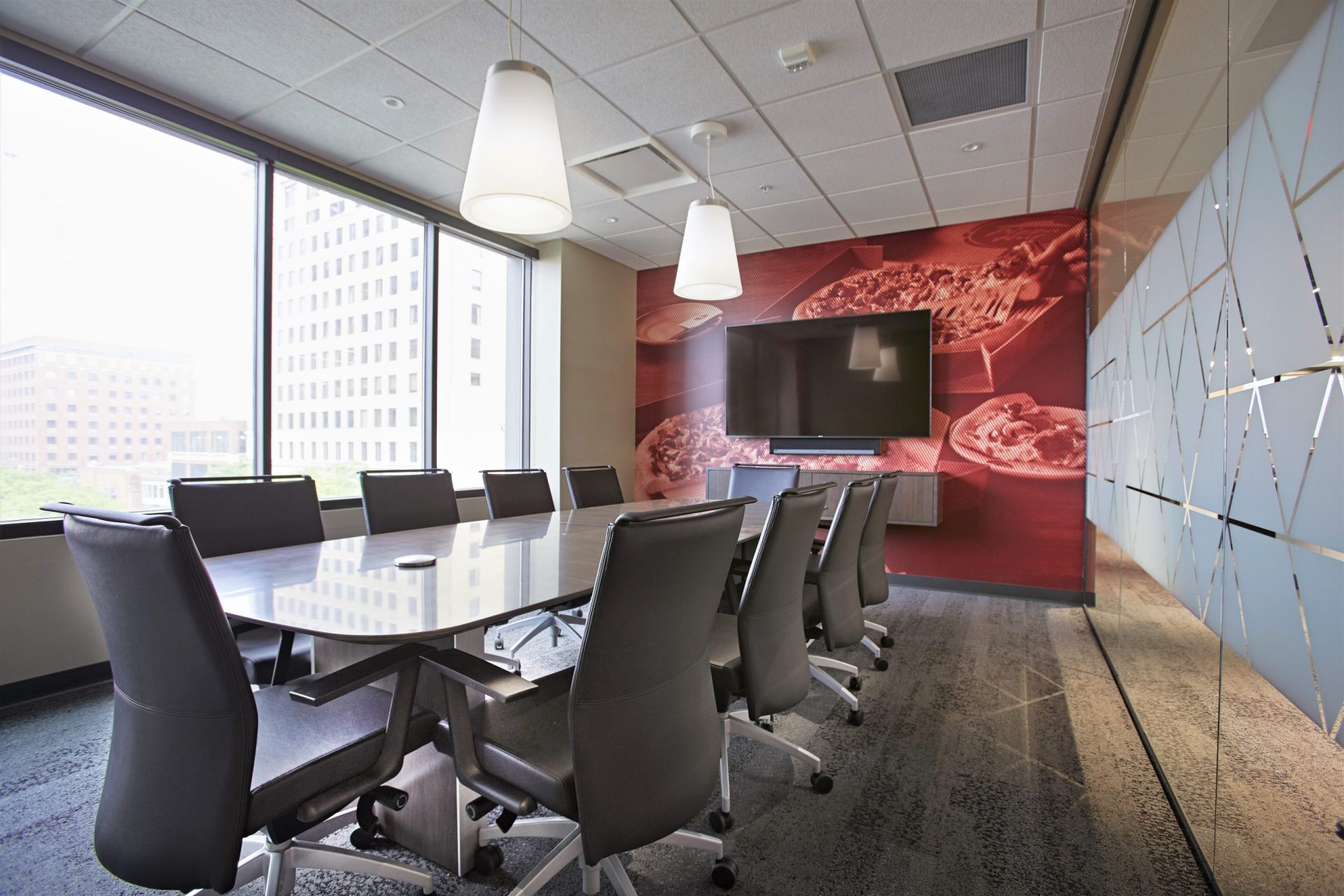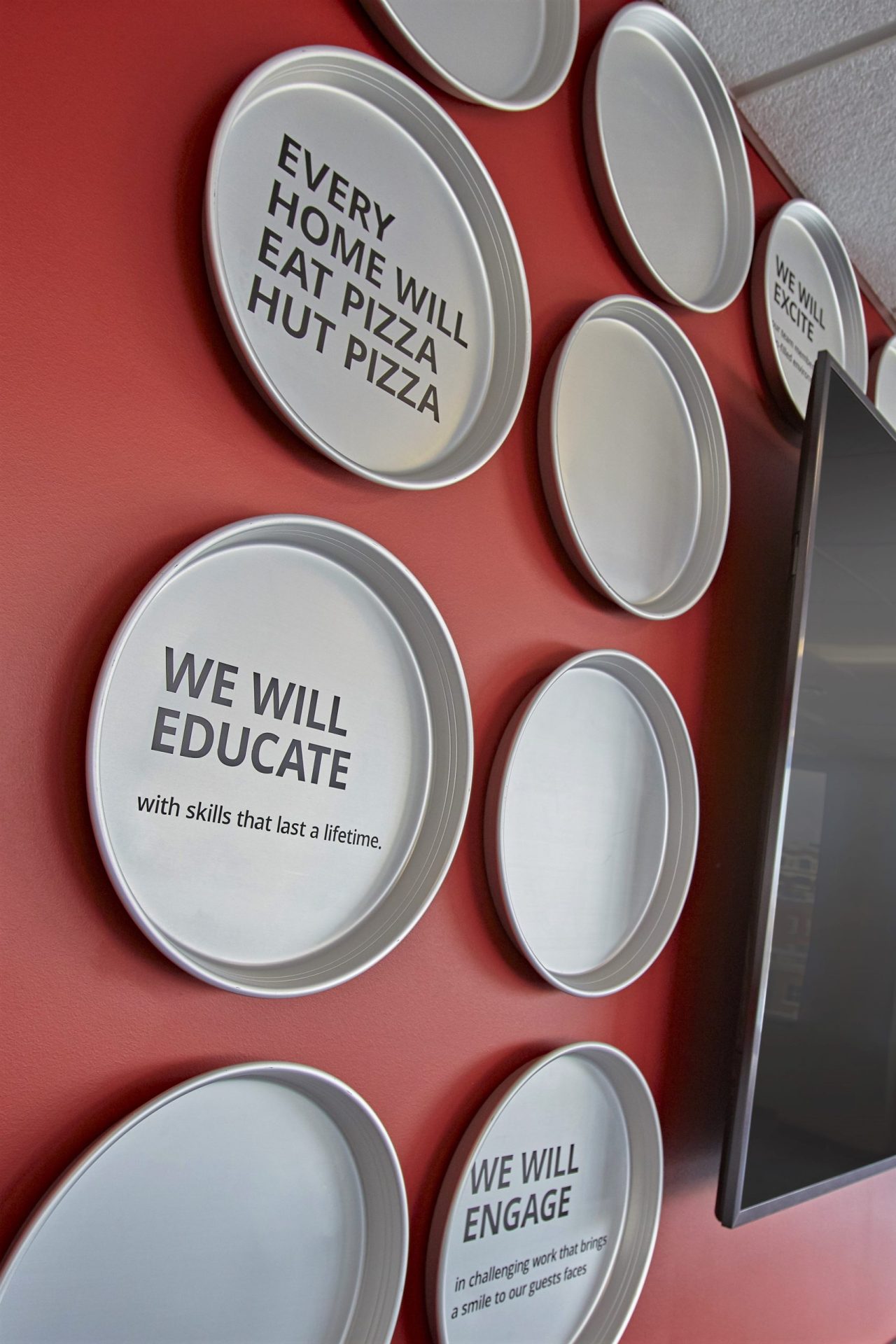Designing a Flexible Workplace
By Lauren Elliott, RID, NCIDQ
July 6, 2022Post Tagged in
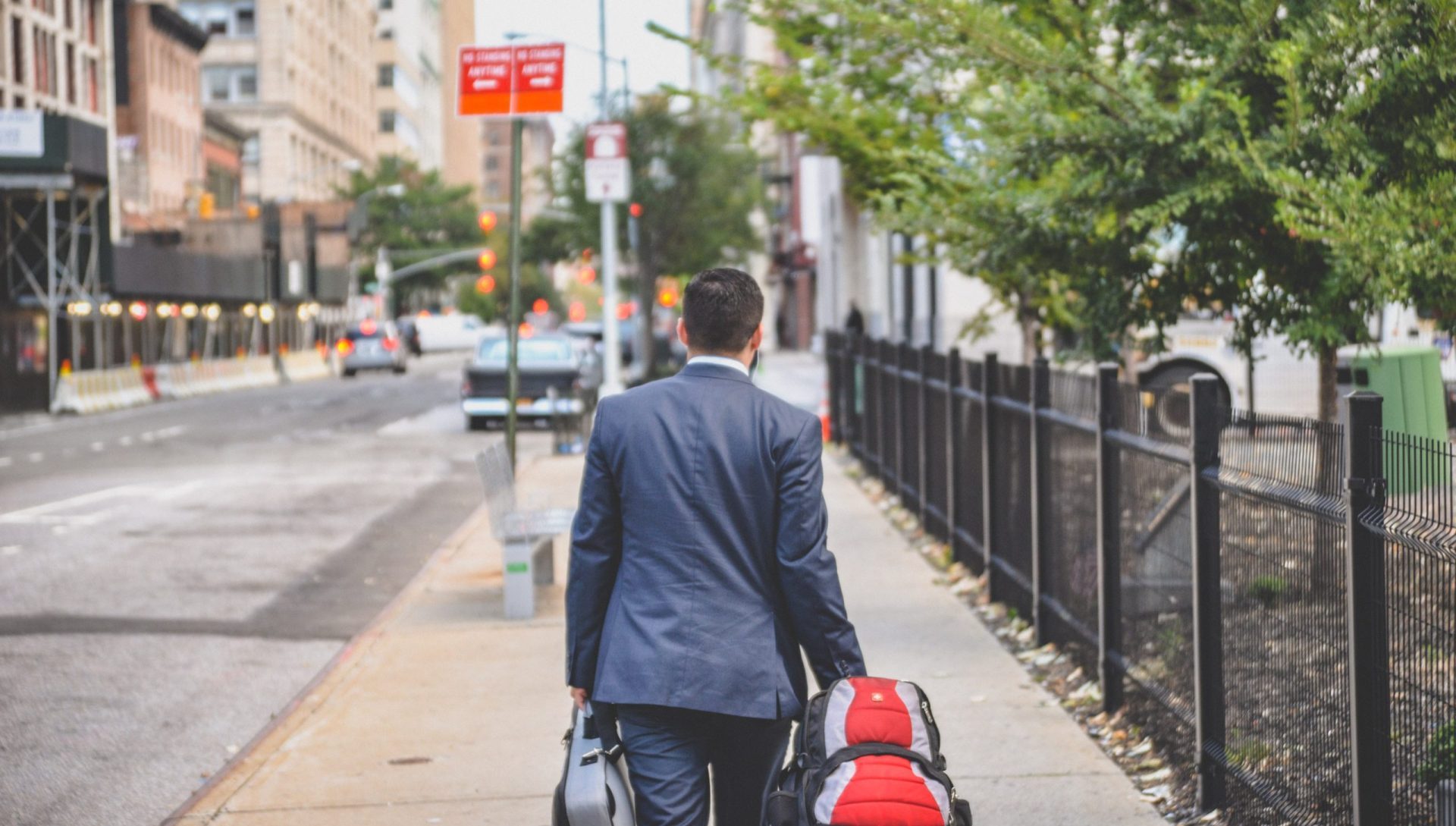 |
Nearly 40 million Americans quit their jobs in 2021, according to the U.S. Bureau of Labor Statistics. Why? Partially due to the pandemic and being required to work from home, people began to re-think how they spend their time, how they are valued, and what work means to them. Design Collaborative has always focused on creating people-first places and, because of that, we learned that the key to a successful workplace design is one very important thing – flexibility. How do we create a workplace that gives employees ownership and control of their environment? Over the course of the last two years, perspectives have changed, and our workplace designs are adapting to these changes. |
